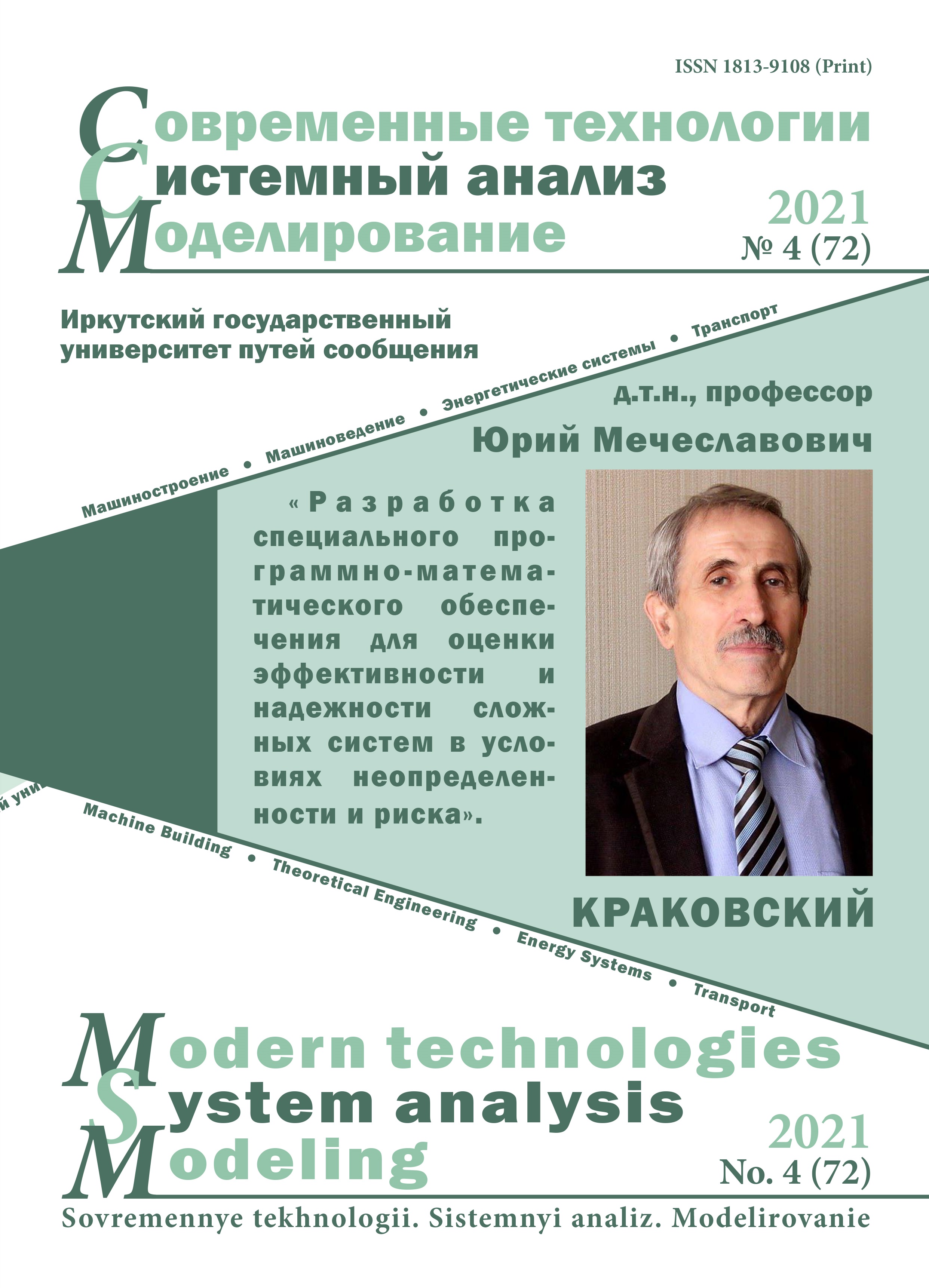Development of the design of the experimental fitting to suppress autooscillations of technological system during the face milling
Keywords:
autooscillations, milling of nonrigid work parts, tool, cutting plate, dynamic stability, cutting speedAbstract
One of the most undesirable phenomena that occur when processing non-rigid parts is the occurrence of self-oscillation of the work piece, which results in: deterioration of the roughness and accuracy of the treated surface, premature wear of the tool and its failure. Therefore, many scientific papers have been devoted to solving the problem of increasing the dynamic stability of a technological system when processing non-rigid parts. In production conditions, to reduce the risk of self-oscillation, cutting modes are most often changed, which leads to loss of productivity. Various methods have been developed to deal with self-oscillations that occur during the processing of parts. Their essence is mainly reduced to the use of various dampers. To deal with selfoscillations, it is more appropriate not to extinguish the arising self-oscillations, but to create conditions for their non-occurrence. This approach is based on an understanding of the physics of the self-oscillation excitation process. In this paper, the principal possibility of damping self-oscillations by using standard cutting plates with a modified value of the rear angle is investigated. In the course of the work, the scientific and technical problem of increasing the dynamic stability of the process of face milling of non-rigid work pieces was solved. The existing methods and means of increasing vibration stability and productivity of face milling processes are considered. A promising way to suppress self-oscillation by using a tool with cutting plates with a modified
back angle is selected. The possibility of vibration damping by changing the value of the rear angle of the cutting plate is experimentally proved. The method of conducting experiments was developed, and the necessary measurements were made. Studies have shown the feasibility of using cutting plates with a modified back angle when milling non-rigid parts.
References
Хрунев Ю.М., Дыжин В.А. Торцовые фрезы с механическим креплением пластин // Машиностроитель. 1986. № 3. С. 20–21.
Розенберг А.М. Динамика фрезерования. М.: Советская наука, 1945. 360 с.
Шишков В.Д. Неравномерность работы торцовой фрезы // Станки и инструмент. 1970. № 7.
Розенберг А.М., Розенберг О.А. Механика пластического деформирования в процессах резания и демпфирующего протягивания. Киев: Наукова думка, 1990. 320 с.
Кудинов В.А. Динамика станков. М.: Машиностроение, 1967. 359 с.
Кедров С.С. Колебания металлорежущих станков. М.: Машиностроение, 1978. 199 с.
Шаламов В.Г. Теоретические основы взаимосвязи параметров инструмента с динамикой фрезерования листовых заготовок: специальность 05.03.01 «Процессы механической и физико-технической обработки, станки и инструмент»: дисс. … д-ра техн. наук / Шаламов Виктор Георгиевич. Техн. ун-т. Санкт-Петербург, 1992. 344 с.
Власов В.В. Подавление автоколебаний при торцовом фрезеровании путем регулирования шага зубьев инструмента: дис. … магистр. техн. наук. Чита, 2011. 103 с.
Дулен, Падке, Ву. Расчет торцевой фрезы с минимальной вибрацией с помощью усовершенствованной модели силы резания // Труды Американского общества инженеров-механиков. Конструирование и технология машиностроения. 1976. № 3. С. 38–41.
Косилова А.Г. Мещеряков Р.К. Справочник технолога-машиностроителя. В 2 т. М.: Машиностроение, 1985. 496 с.
Васин С.А., Верещака А.С., Кушнер B.C. Резание материалов: Термомеханический подход к системе взаимосвязей при резании. М.: МГТУ им. Н.Э. Баумана, 2001. 448 с.
Вульф A.M. Резание металлов. М.: Машиностроение, 1973. 496 с.
Грановский Г.И., Грановский В.Г. Резание металлов. М.: Высшая школа, 1985. 303 с.
Шишков В.Д. Оптимальное расположение заготовки относительно твердосплавной торцовой фрезы // Станки и инструмент. 1969. № 6. 148 с.
Клепиков В.В. Бодров А.Н. Технология машиностроения. М.: ФОРУМ, 2008. 864 с.
Свинин В.М., Самородов П.А., Лобанов Д.В., Скиба В.Ю. Исследование нежесткой технологической системы при торцовом фрезеровании инструментом с переменным шагом зубьев// Системы. Методы. Технологии. 2016. № 4. С. 39–44.
Пузанов Ю.В. Исследование устойчивости движения системы при торцовом фрезеровании: специальность 05.03.01 «Процессы и машины обработки материалов резанием; автоматические линии»: дисс. … канд. техн. наук / Пузанов Юрий Владимирович. Ленинград: Ленинградский политехнический институт им. М.И. Калинина, 1980. 240 с.
Хает Г.Л. [и др.]. Сборный твердосплавный инструмент. М.: Машиностроение, 1989. 256 с.


